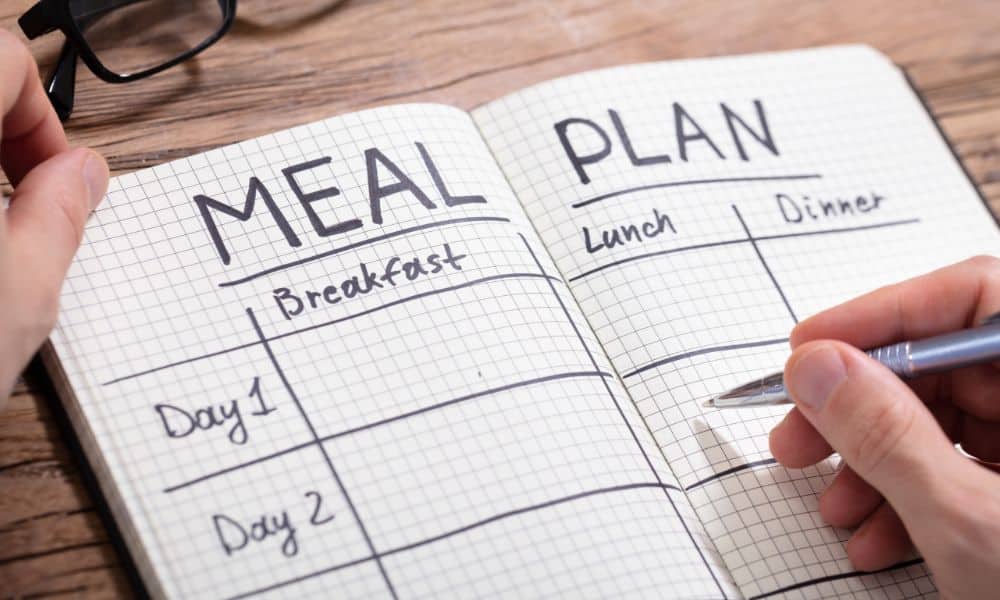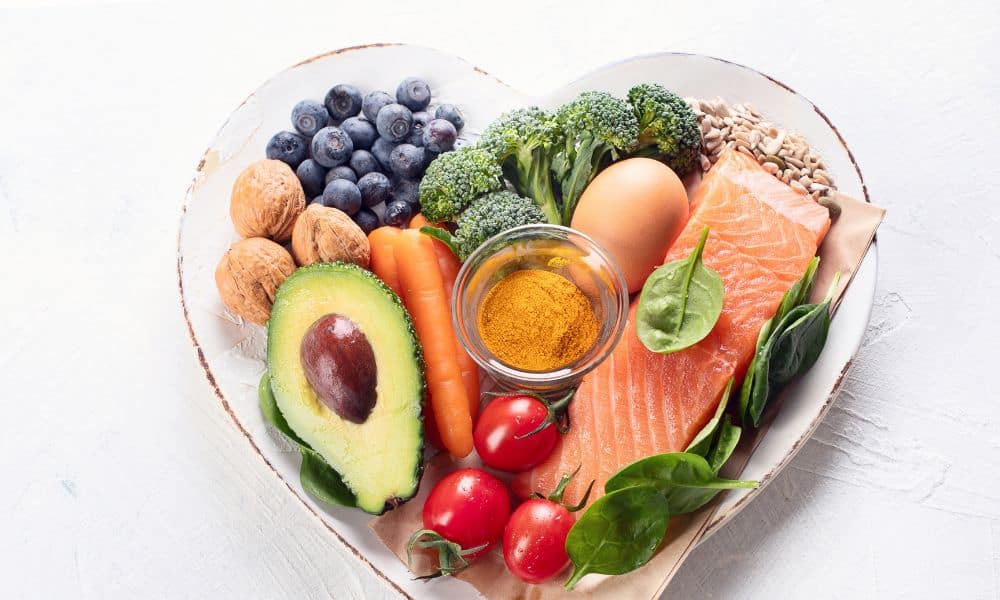How do you prepare a meal plan to burn fat or gain muscle? Is it time to find your way out from under the mountain of junk food, processed foods, and sugar? Planning your meals can help you eat healthily, burn fat, and gain lean muscle. You may find healthy meal planning challenging, so here are some key points to consider when creating your meal plan:
- The meal plan should match your goals. Your meal plan will be significantly different from building mass and muscle if your goal is fat loss.
- The food plan should fit your caloric needs. Start with your basal metabolic rate (BMR). For example, if you burn 2500 calories each day, and your goal is to lose body fat, your meal plan should be around 2000-2100 calories a day.
- The meal plan should fit your dietary restrictions. Are you vegan? Do you follow a Paleo diet, or are you lactose intolerant or allergic to shellfish, etc.? Does your religion restrict certain foods or food groups? These limits or restrictions need to be addressed in your meal plan.
- Your food plan should fit your lifestyle and schedule. What hours do you work? Do you have access to a fridge? Can you bring food with you? How many meals will you eat at home compared to a restaurant? When do you workout, and how much time do you have to cook? Your answers will impact your meal times, the types of foods you eat, and many aspects of your meal plan.
Every meal plan is unique, but in general, yours should include:
Eating 5-6 small meals each day. These should be about 2-3 hours apart to keep your metabolism and energy up, your blood sugar stable, and your cravings down. If your goal is adding muscle, ensure each meal includes protein, which encourages growth.
Determine how many calories you burn each day. If you are adding muscle mass, you must eat more calories than you burn to gain muscle. If your goal is losing fat, you must eat fewer calories each day.
Start with a nutrient ratio of 40% protein, 40% carbohydrates, and 20% fat to match the number of calories you need.
To add muscle, consume 10% of your calorie intake in grams of protein. For example, a 3,000 calorie diet should include 300 grams of protein per day over 5-6 meals.
Drink more water. Your water intake in ounces should equal 60% of your body weight in pounds. If you weigh 180 pounds, that equals 108 ounces per day. Water reduces your cravings and helps keep your stomach full. Additionally, the process of metabolism, which breaks down fat and calories, is dependent on water.
Increase your chances of success. For your meal plan to be successful, you must have accountability. The best way to do this is to keep a food diary and journal to write your plan. You can track your progress and, by recording your plan, you can make sure you have portioned your food according to the calorie and nutrient requirements. Having your plan in writing also makes it harder to cheat. You can identify both successes and failures and make the appropriate adjustments to your plan.




